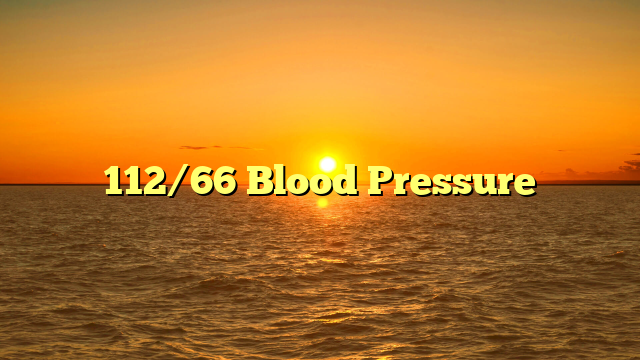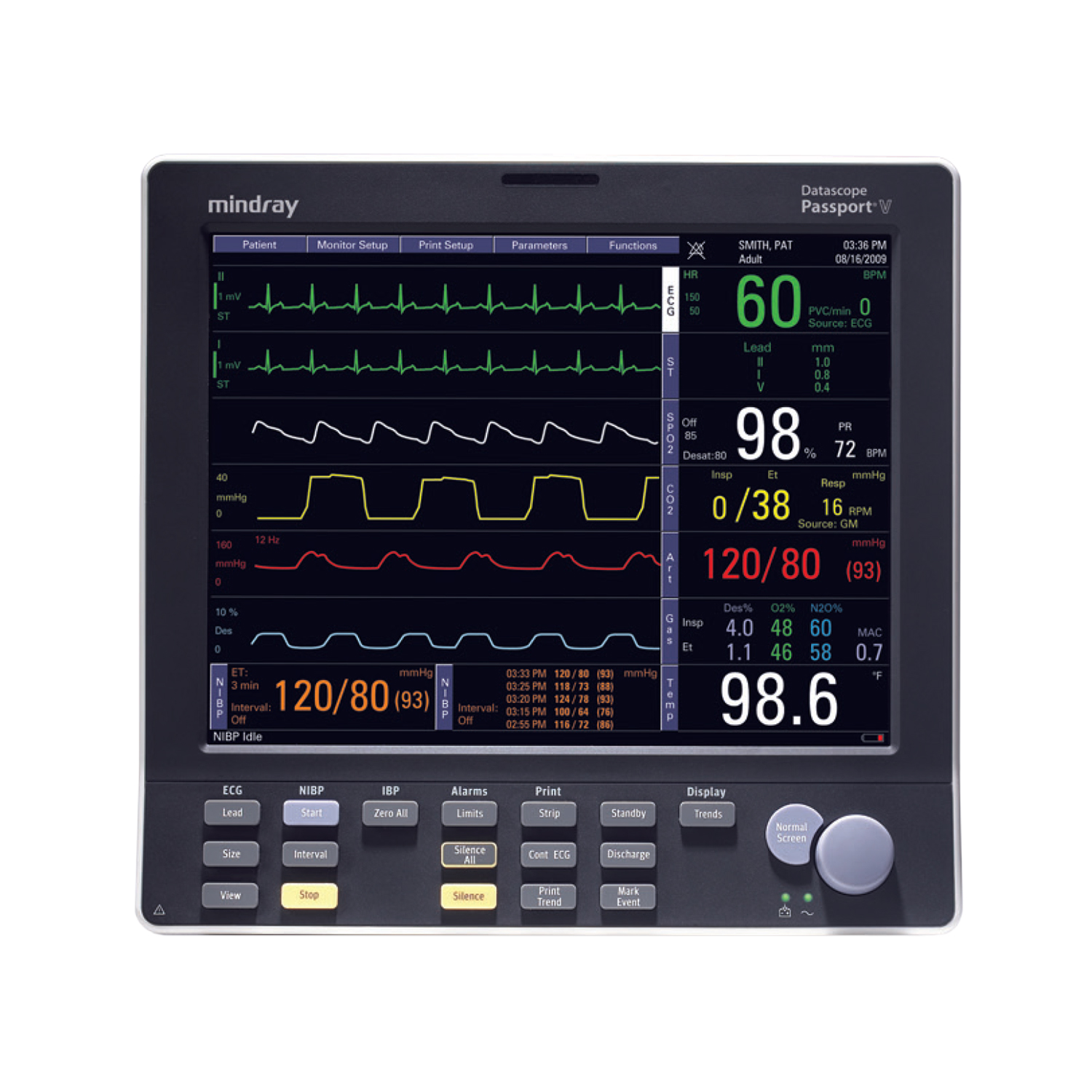An individual’s blood pressure is determined by the amount of blood their heart pumps and the resistance to blood flow in their arteries. The top number, systolic pressure, represents the pressure in the arteries when the heart contracts. The bottom number, diastolic pressure, represents the pressure in the arteries between beats. A normal blood pressure […]
Tag: blood pressure
118 73 Blood Pressure
When it comes to blood pressure, there are two numbers that are important: systolic and diastolic. Systolic is the top number and diastolic is the bottom number. A normal blood pressure reading is when your systolic is less than 120 and your diastolic is less than 80. If your blood pressure is in 122/66 see […]
118/81 Blood Pressure
A blood pressure reading of 118/81 is considered normal and healthy. This is because the top number, which is called the systolic blood pressure, is less than 120. The bottom number, which is called the diastolic blood pressure, is also less than 80. So, a reading of 118/81 means that your systolic blood pressure is […]


